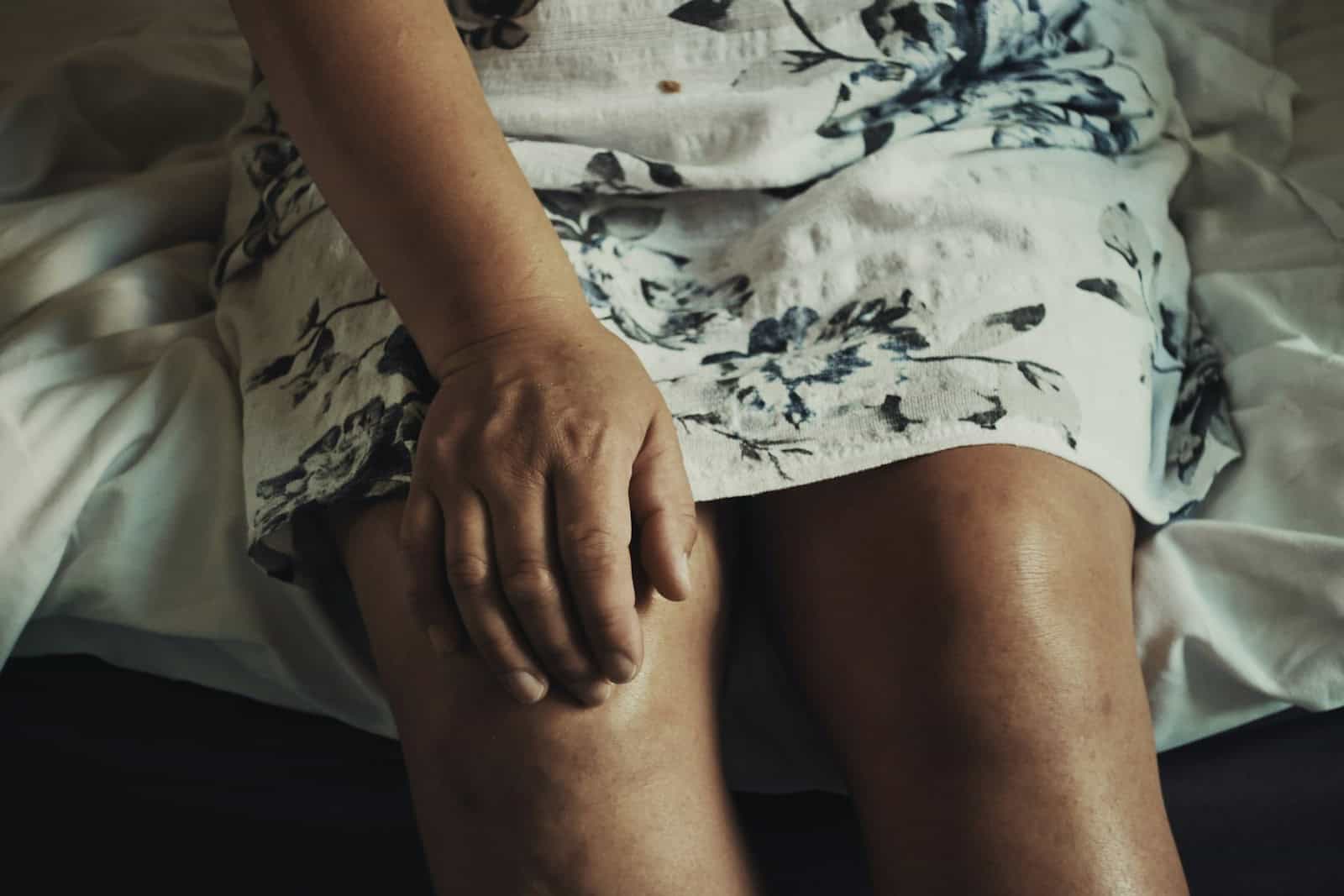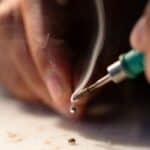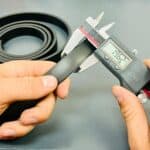An ACL tear can be a painful setback. Many athletes and active people face this challenge. ACL repair can help you get back to your favorite activities without the worry of knee pain.
Fixing a torn ACL usually involves surgery. Doctors use a graft, which is tissue taken from another part of your body or a donor, to replace the damaged ligament. This helps the knee regain its strength and stability, allowing for better performance in sports and daily activities.
After surgery, physical therapy is essential. It includes exercises to control pain, reduce swelling, and restore motion in the knee. Over time, patients will regain muscle strength and improve their knee’s function, leading them back to their regular routines.
Understanding ACL and Injuries
ACL injuries are common in sports and can significantly impact movement and stability. Knowing the knee’s anatomy, what an ACL injury is, causes, and risk factors can help in prevention and treatment.
Anatomy of the Knee
The knee is a complex joint that connects the thigh bone (femur) with the shin bone (tibia).
The anterior cruciate ligament (ACL) is one of the four main ligaments in the knee. It runs diagonally in the middle of the knee and helps stabilize rotational movements. Alongside the ACL, the posterior cruciate ligament (PCL), medial collateral ligament (MCL), and lateral collateral ligament (LCL) support the knee. The articular cartilage covers the ends of the bones, allowing smooth movement.
What is an ACL Injury?
An ACL injury often involves a tear or sprain of the ligament. The ACL can tear if an individual suddenly changes direction or lands awkwardly after a jump. This injury is common in sports like soccer, basketball, and skiing. A torn ACL may require surgery depending on the injury’s severity. Sports with frequent pivoting and sudden stops contribute to these injuries.
Symptoms of a torn ACL include knee pain, swelling, and a feeling of instability. The knee may also give out during physical activities. Diagnosing an ACL tear usually involves physical exams and imaging tests like MRIs.
Causes and Risk Factors
Many factors can increase the likelihood of ACL injuries. Athletes are at a higher risk because of the intense and sudden movements in sports. Women have a higher chance of ACL injuries due to anatomical differences and hormonal influences. Young athletes, including children and teens, are also susceptible.
Certain actions in sports, such as pivoting or slowing down suddenly, can strain the ACL. Weakness in the surrounding muscles can further increase the risk. Proper training and conditioning can help strengthen these muscles and reduce the risk of an injury.
In some cases, ACL injuries are treated arthroscopically, meaning surgery is performed using small incisions and a camera to guide the procedure. Regular physical therapy can help in the recovery process after surgery.
ACL Repair and Recovery
ACL repair involves several steps to restore knee function, motion, and stability after an injury. Recovery requires careful management of pain, swelling, and a thorough rehabilitation program.
Types of ACL Repair
There are two main types of ACL repair: reconstruction and repair.
ACL reconstruction uses a graft to replace the torn ligament. This graft can come from your own body, like the hamstring tendon or patellar tendon. Sometimes, doctors use donor tissue from a cadaver. ACL repair stitches the torn ligament back together. This can be done using advanced techniques to ensure safety and faster recovery.
Bridge-enhanced ACL repair is a newer method that uses a special device to help the ligament heal and grow back together. This technique may offer quicker recovery for some patients.
The ACL Reconstruction Procedure
During ACL reconstruction surgery, the doctor makes small incisions in the knee. They use an arthroscope (a thin tube with a camera) to see inside the knee joint. The damaged ACL is removed, and a graft is placed through tunnels drilled in the thigh bone and shin bone.
Screws or staples hold the graft in place. The type of graft used can be from your own tissue (autograft) or from a donor (allograft). The surgery is usually done under general anesthesia, and most people go home the same day.
Post-Surgery Recovery and Rehabilitation
Recovery after ACL surgery is divided into phases:
Initial Phase: In the first days, focus is on reducing pain and swelling. The knee is kept in a brace, and crutches are used to avoid stress on the knee.
Rehabilitation Phase: Physical therapy starts early to restore range of motion and build strength. The leg’s motion is carefully increased.
Advanced Phase: Later, activities like light running and sports-specific exercises help restore knee stability. Avoid high-impact activities until cleared by the doctor.
Pain medication and ice can help manage discomfort. Follow-up appointments track progress. Rehabilitation is key to a full recovery, often taking several months.
Frequently Asked Questions
The following questions address common concerns about ACL surgery and recovery. These include surgery risks, recovery time, and different treatments.
What is the average recovery time following ACL surgery?
Recovery usually takes about 6 to 9 months. Some people might need more time depending on their age, the severity of the injury, and how well they follow their rehabilitation plan.
What are the risks associated with ACL surgery?
There are some risks with ACL surgery. These include infection, knee stiffness, and blood clots. Some patients may also experience pain or swelling. It is important to talk to a doctor about these risks before surgery.
How does ACL repair differ from ACL reconstruction?
ACL repair involves fixing the torn ligament. ACL reconstruction replaces the torn ligament with a new one from another part of the body or from a donor. Reconstruction is more common because it usually has better results.
Can a torn ACL heal without the need for surgery?
A torn ACL cannot heal on its own because it does not get enough blood supply. Surgery is often needed to restore knee stability. In some cases, physical therapy may help, but this is usually for people with low activity levels.
What factors contribute to the success rate of ACL surgery?
The success of ACL surgery depends on several factors. These include the patient’s age, overall health, and how well they follow their rehabilitation plan. Surgeon’s skill and experience also play a significant role.
Is ACL repair considered to be major surgery?
Yes, ACL repair is considered major surgery. It involves making incisions and working deep inside the knee. Patients will need anesthesia, and the recovery can take several months.







